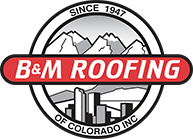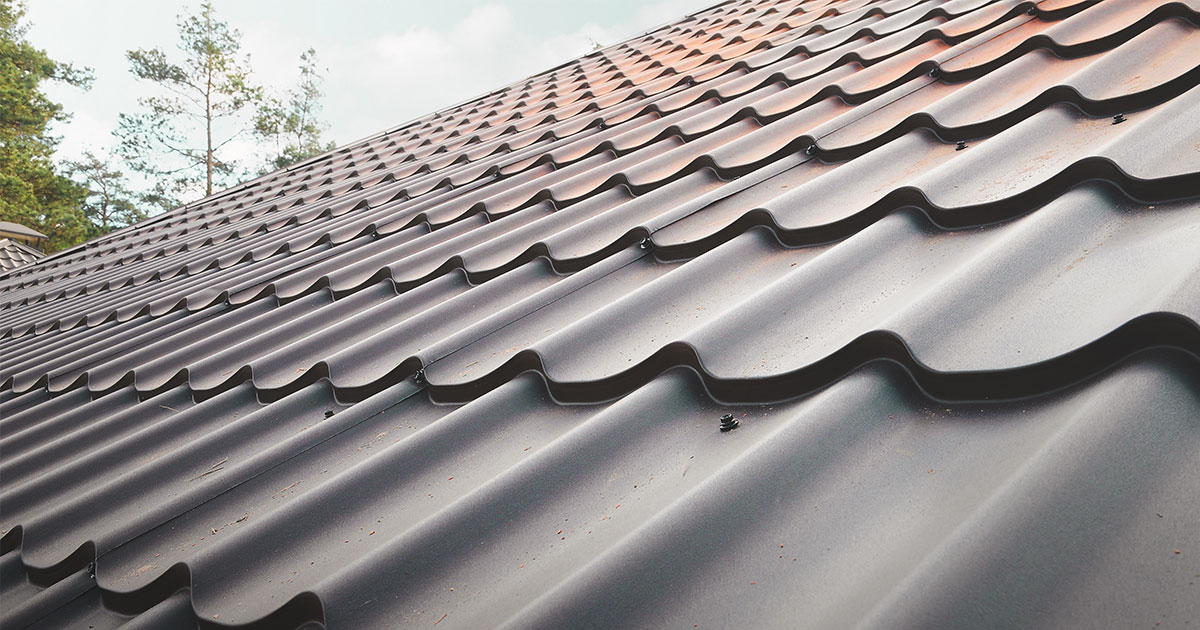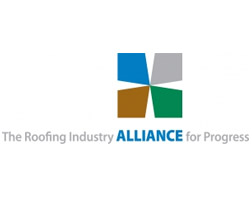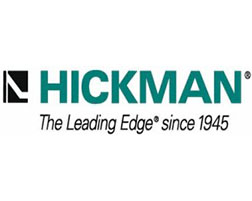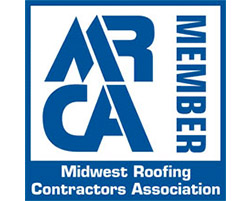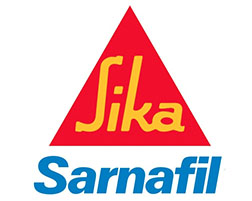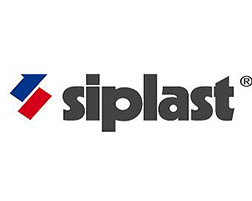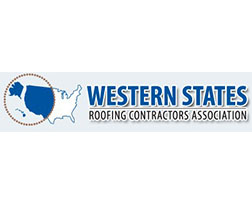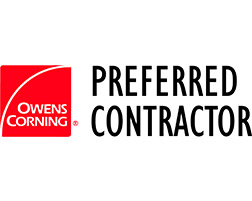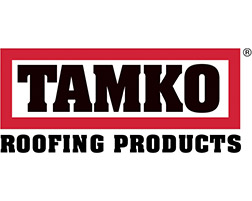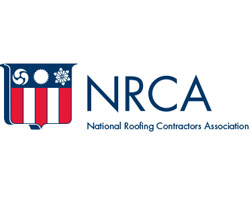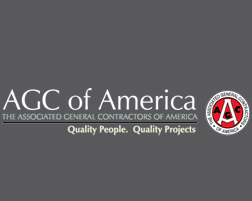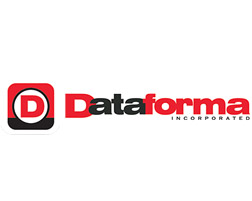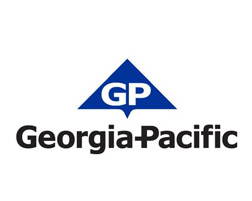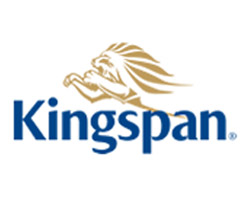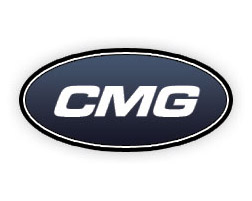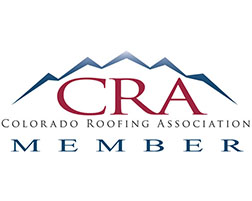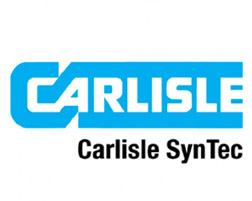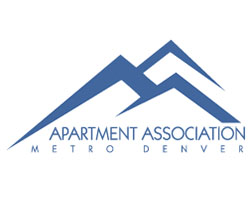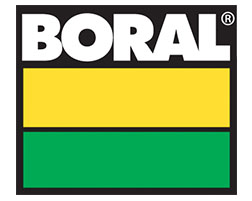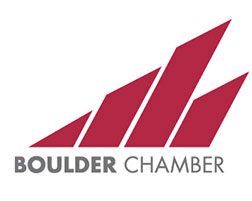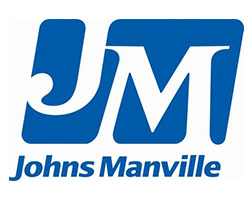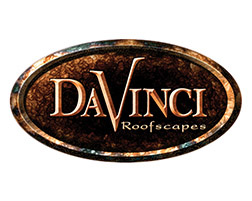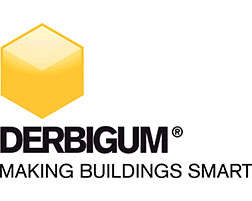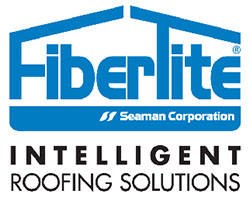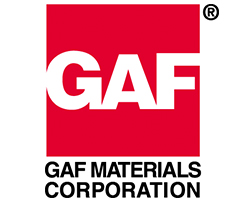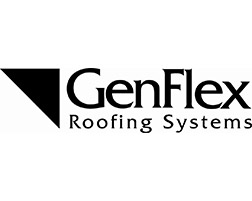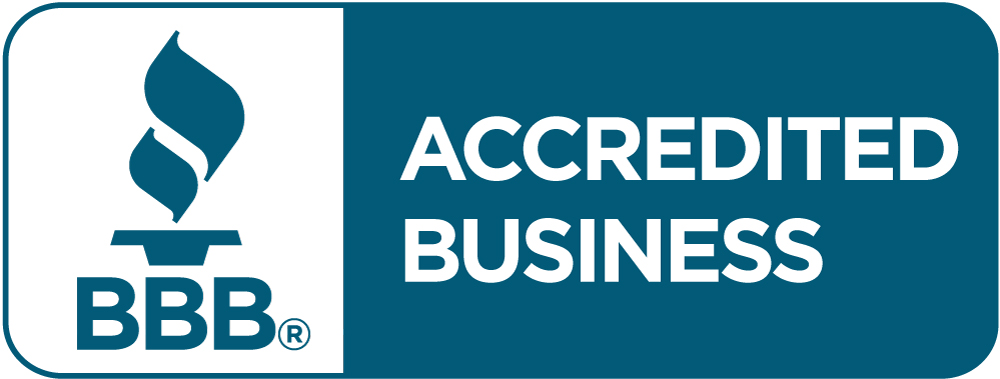5 Common Commercial Roofing Materials
The type of material used to construct a roof can have a huge impact on the overall strength of the entire building. Each building– and budget — is unique and requires a custom roof to fit its needs. To understand which materials are right for your commercial property, here are the 5 most common commercial roofing materials.
Built-Up Asphalt
Built up roofing, commonly referred to as BUR, is a basic tar and gravel material. The gravel and tar are layered (built up) on top of one another. The number of layers depends on the durability necessities of the property, weather, cost, and other factors. Because built-up roofing is so customizable, it’s a very cost effective and popular option for commercial buildings.
Shingle Roofing
While shingles are typically reserved for residential properties, they can be a great option for commercial properties as well. Many companies use shingle roofing as a design asset because they come in so many shapes and colors. Beyond their aesthetic appeal, shingles are often hail-resistant and are very easy to replace. Shingles come in a variety of materials including asphalt, wood, slate, metal, ceramic and more. Shingles are a great option for commercial properties interested in upgrading the design of their establishment.
Metal Roofing
Metal roofing has been one of the most popular commercial roofing materials due to its durability and affordability. There are many different types of metal roofing including steel, aluminum, copper, tin and more. Metal roofing offers commercial properties a very clean, finished look, while also being functional. Because metal rusts over time, a protective layer is added to prevent sun-damage and rust.
Single-Ply Membrane
Single -ply membranes are sheets of rubber that are secured to insulation to form a roof. Single-ply membranes can be made out of various synthetics including Thermoplastic and EPDM. If properly installed and taken care of, single-ply membrane roofing can last up to 30 years.
Thermoplastic
Thermoplastic is by far one of the most durable and tolerant roofing materials on the market. Made from polypropylene based materials, thermoplastic is resistant to UV rays, punctures, tears, and most chemicals, including oils, animal fats, and bacteria. This material also offers high-temperature, fire, and wind tolerance. Because of its severe durability and resistance to environmental factors and chemicals, thermoplastic is a great option for restaurants and other establishments that emit oils and fats.
If you’re looking to replace or install a roof on your commercial property, give our knowledgeable and experienced roofers a call at 303.443.5843.
B&M Roofing’s Spring Cleaning Checklist
Spring is right around the corner, which means spring cleaning is in full effect. While decluttering your home and cleaning out the shed are great places to start on your cleaning list, your roof also needs a little extra love this season. By following B&M Roofing’s Roof Spring Cleaning Checklist, you can ensure that your roof stays in good shape for the remainder of the year.
1. Trim Overextended Branches
Long branches can scratch, damage or even completely remove roofing materials. Trim any extended branches that are encroaching your roof.
2. Check Flashing & Shingles
After a snowy winter, flashing and shingles can become damaged. Inspect for any loose or curled shingles and for damaged flashing. These things can get worse over time if unattended to, so catching them early will help your roof last as long as possible
3. Clean Gutters
You gutters have been working overtime to drain all the rain and snow that accumulated on your roof during the winter. Giving them a good cleaning will ensure that water continues to drain properly off of your roof to prevent damage.
4. Inspect Attic
A healthy roof starts on the inside. Inspect your attic for any stains or leaks that may have surfaced over the winter.
5. Remove Mold & Debris
Debris and moss can cause severe damage to your shingles and clog your gutters. To prevent this, make sure to sweep off sticks and leaves from your roof and use control strips to remove moss and algae.
6. Hire an Inspector
After a harsh winter, it’s possible that leaks or structural damage have occurred on your roof. Hiring a professional to inspect your roof and make any necessary repairs is the safest way to protect your home. B&M Roofing is proud to provide roofing service and repair on everything from small residential roofs to complicated high-end commercial properties throughout Colorado and its surrounding areas. Visit our website for a free estimate on roofing services: https://bmroofing.com/free-estimate/
B&M Roofing of Colorado Donates New Roof to Fort Collins Family Home Following Sudden Loss
Through Colorado State University’s CM Cares program, B&M Roofing of Colorado, donated supplies and services to reroof the Mochan Family’s house in Fort Collins.
After the tragic death of both parents, the children of the Mochan Family moved in with their aunt and the number of household repairs needed to accommodate the three children soon surfaced. CM Cares was contacted to assist in restoring the family’s home.
CM Cares is a construction management department initiative that promotes service-learning by infusing leadership traits, team building and ethics through community service activities. It focuses on teaming students, faculty, staff and industry partners to assist with construction-related projects for people with special needs or local community service agencies needing assistance that cannot be provided by other sources.
“CM Cares would not be possible without the generosity of the construction industry. Not only do they donate construction materials and time, but the biggest impact they provide is mentorship for our construction management students,” said Khristy Jesse, CM Cares & Career Development Coordinator. “Over the past 10 years, the CM Cares program has provided more than 2 million dollars in construction projects improving the quality of life for community members or non-profits in need of accessibility modifications.”
During the home inspection, CM Cares noticed the shingle roof on the home needed to be replaced. With the help of Tracy Spence from American Roofing Supply and Josh Howe from Atlas Roofing Corporation, B&M Roofing reroofed the Mochan Family household’s roof at zero cost to the family.
“By partnering with Colorado State University’s CM Cares, B&M Roofing was given the opportunity to use our skills and abilities to completely change a family’s life,” said Scott Kawulok, Vice President of B&M Roofing. “Thank you to CM Cares, American Roofing Supply and Atlas Roofing Corporation for helping us alleviate the suffering and pain from the Mochan children and give them hope for the future.”

Warped Shingles: What Does That Mean for My Roof?
Let’s get the worst news out of the way first: If from the ground you can see warped shingles, it’s likely a sign that you’ll need a new roof. Often damage is only visible after climbing up and inspecting a roof.
 Asphalt shingles are durable, but are prone to the elements, particularly after the granules on their surface start deteriorating and getting washed away in rainstorms. Once the protective layer is removed, shingles are exposed to ultraviolet light, which makes them brittle or otherwise fragile. Warped edges can be a sign that shingles have reached the end of their natural lifespan.
Asphalt shingles are durable, but are prone to the elements, particularly after the granules on their surface start deteriorating and getting washed away in rainstorms. Once the protective layer is removed, shingles are exposed to ultraviolet light, which makes them brittle or otherwise fragile. Warped edges can be a sign that shingles have reached the end of their natural lifespan.
If your shingles aren’t shedding granules and are cupping – curling at both corners to be concave – it can be a signal that your attic isn’t properly vented. Rooftops soak up a lot of sun and heat, and transmit it to the home below it. A properly vented attic allows some of the heat to escape. Without venting, heat collects in your attic, and can expose the underside of shingles to extreme heat beyond their normal temperature tolerances, which can cause them to warp.
If you’re unsure of your roof’s condition or aren’t comfortable climbing on your roof to investigate, B&M Roofing is there to lend a hand. Call us at 303.443.5843 to request a free inspection and estimate.
3 Things New Homeowners Need to Know About Their Roof
Are you looking to purchase your first home? Moving to a new house? Protect your investment by knowing about your roof to keep your property in great condition. Here are 3 things you need to know:
- Get a professional inspection…or two — It’s never a bad thing to have more than one person inspect your roof so you can learn what will be best for your home. Do not overlook your inspection report! Dismissing roofing red flags can come back to haunt you. If the inspection mentions issues with the roof, make sure you take that into account when breaking down budgets for future repairs.
Through RoofSave, our roof asset management program, we will inspect your roof and identify any conditions that need repair.
- Know your warranty & insurance — many properties will come with transferable roofing warranties. With this, you may not have to worry about repair and replacement costs. If your property is without insurance, think about getting a plan to give you extra peace of mind.
- Get a roofer to take a look — Home inspectors are great at what they do, but they’re not roofers. If your inspection report looks good, after purchase, consider asking a professional roofer to come look at your home. This way, you can catch any small problems that may lead to larger problems in the future.
Request a free estimate today from our experienced roofing specialists.
Not sure what to look for in your inspection report? Are you worried your roof may be damaged? If you are a first-time homeowner or have recently purchased a home and have questions about your roof contact B&M Roofing at 303.443.5843 for all your roofing needs.
The Future of Roofing: The Living Roof
If you don’t have the space for a greenhouse, why not have a green roof? Known as eco-roofs and vegetated roofs among other names, living roofs are lightweight systems layered atop waterproofed structures.
Before you catch onto this trend, take a look at the pros and cons:
The pros:
- Homeowners can express their personalities beyond the colors they paint their houses. A living roof allows creativity to blossom while protecting your home from whatever Colorado weather comes your way.
- In the summer sun, you can minimize air conditioning costs by at least 10% depending on where you live. Plants on the roof can be up to 50 degrees cooler than their standard roofing counterparts, which contributes to this reduction.
- Rainy cities benefit from living roofs in terms of flooding. The plants absorb the runoff instead of allowing it to feed into sewers, which can ultimately prevent roadway flooding.
The cons:
- According to Sustainable Industries, installation of a living roof will cost $8-$40 per square foot. Creativity comes at a high price, but living roofs in modular units are less expensive than custom designs.
- To add onto the installation costs, you can’t forget maintenance. Consider the landscaping costs to prevent your roof from dying. Repairing leaks isn’t always the easiest either – it means digging into the garden to repair and then replant.
- Bugs and birds aren’t the only wildlife attracted to plants. Depending on where you live, there could even be reptiles or rodents digging around in your roof. It may not be likely in urban cities, but do your research before you grow.
Source: eHow Home & Garden
Why you should invest in solar shingles
Once unveiled as a costly roofing luxury, solar panels have become a more popular purchase for homeowners and businesses alike. With renewable energy technology growing in recent years, solar panels are leading the way.
If you’re thinking about purchasing a solar panel roof, consider these questions:
- Did you know solar shingles can reduce your power bills up to 30 percent? Depending on the size of your grid and average power usage, these panels can cut your utility bills in the long run.
- How much maintenance is required for this “green” technology? Solar panel systems contain no moving parts, which means little to no maintenance. Occasional cleaning and inspection of the panels will be needed.
- Solar panels rely on sunlight, so what happens if the weather turns gloomy? In Colorado, we’re lucky to have 300 days of sunshine each year to effectively powers solar powered systems. Even with the drastically changing seasons, these systems are designed with variable weather in mind. They utilize your current power grid as a backup on cloudy days or during the night if extra power is needed.
- What are the environmental advantages? Solar powered systems are renewable, clean and universal power sources, which prevents damage to the environment. By producing no pollution, a 2-kilowatt system is estimated to reduce carbon dioxide emissions by 85,576 pounds over its lifetime.
- What will my HOA think? Equipment for these systems is kept out of sight, which is required by many Homeowner Associations. Correct installation of panels will also prevent an eyesore for neighbors.
If you are interested in a solar powered roof for your place, give us a call at 303-443-5943. We are more than happy to answer any questions and install custom-designed Down Powerhouse Solar Shingles.
